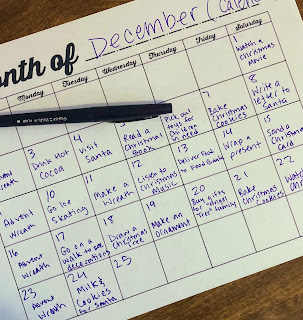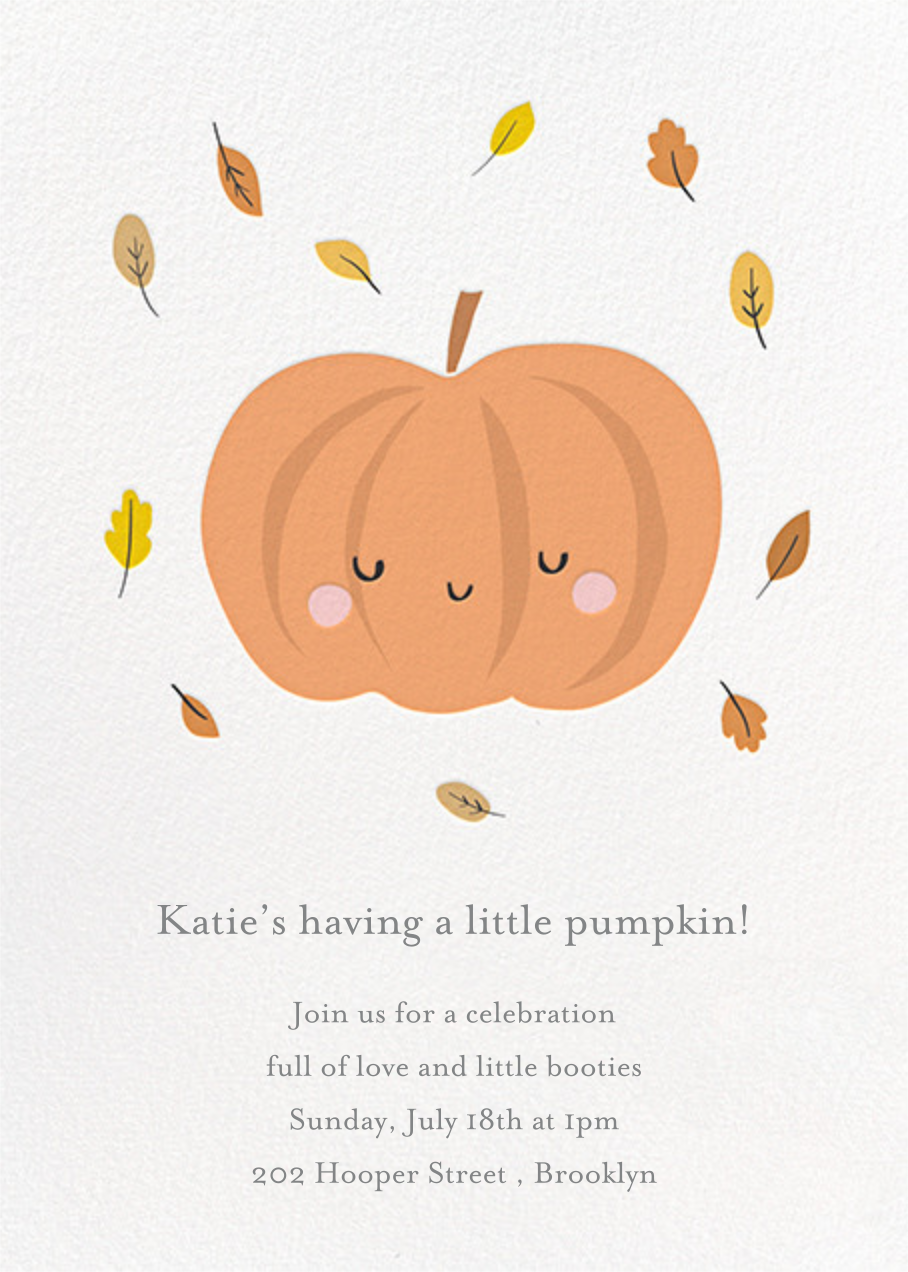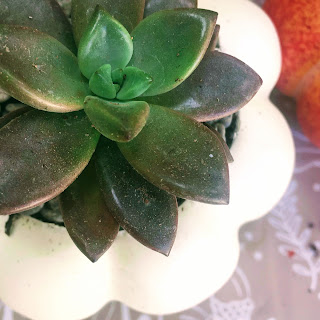Once upon a time, before I even had a Silhouette Cameo, I bought a box full of Christmas-themed scrapbooking paper and supplies from a local Facebook yard sale page on a whim. I had never made a scrapbook in my life (why, when Shutterfly exists, would I do such a thing?), and had no idea what to do with the little embellishments and letter stickers, but I went for it.
I ended up using that paper to make cute handmade gift tags and to decorate brown-paper-wrapped packages for friends and family all cut with *gasp* SCISSORS! Since then, I've upgraded to a Silhouette Cameo cutting machine and more stacks of scrapbook paper than I care to admit, and I still love making handmade tags and cards for birthdays and holidays.
The cool thing about this card is that it will leave you with scraps that include letter cutouts with the same word, making it super easy to make a matching gift tag!
Materials:
Scrapbook paper, in at least three colorsCutting machine and cut mat
Scotch Adhesive Roller (any kind of glue would also work)
Pre-made blank cards and envelopes (or make your own if you're fancy)
Baker's twine
Instuctions:
First I opened up my Silhouette Studio software and used three separate text boxes to write out the word "JOY" vertically. I used one of my favorite fonts from the Silhouette Design Store called LW Perfect Type. Then I created a box around the word using the Rectangle Tool that would be 1" shorter than the premade card I was going to use (6" for a 5x7 card). I copied the design a few times and cut it out on some printed scrapbook paper.
Next, I used a paper cutter (although scissors or your Silhouette would work, too) to create a larger rectangle in a lighter colored scrapbook paper that was as tall as the JOY piece, and at least one inch wider on each side.
Next, I lined up the JOY piece (don't forget that little O center!) on top of the larger rectangle and glued it down with my Scotch Adhesive Roller (any paper glue will do). Then I glued that onto the front of a pre-made blank card.
The final touches included creating a white paper liner for the inside of the card, about 1" all around smaller than the card itself to allow a 1/2" border. Use your adhesive roller or glue to attach the liner along the card's inner seam, and tie a piece of baker's twine around the center of the card to hold it together.
Now for the gift tags. Back in Silhouette Design, I created these gift tags in two layers and cut out the top and bottom pieces out of red scrapbook paper and white cardstock. (There are plenty of options in the Silhouette Design Store if you don't want to mess with creating your own design for these.)
Then I used the discarded cut out letters from the JOY card and used my Scotch Adhesive Roller to stick all the layers together. I finished it off with some baker's twine.
I just love how they turned out! The red scrapbook paper is white on back, so I used that as space to write To/From and a quick note.
That's it! The great thing about this design is that you can choose whichever word or colors your like. This would look so cute with "MERRY" or with some golds and silvers.
Happy Crafting!
XOXO,
Rox
Happy Crafting!
XOXO,
Rox

















































